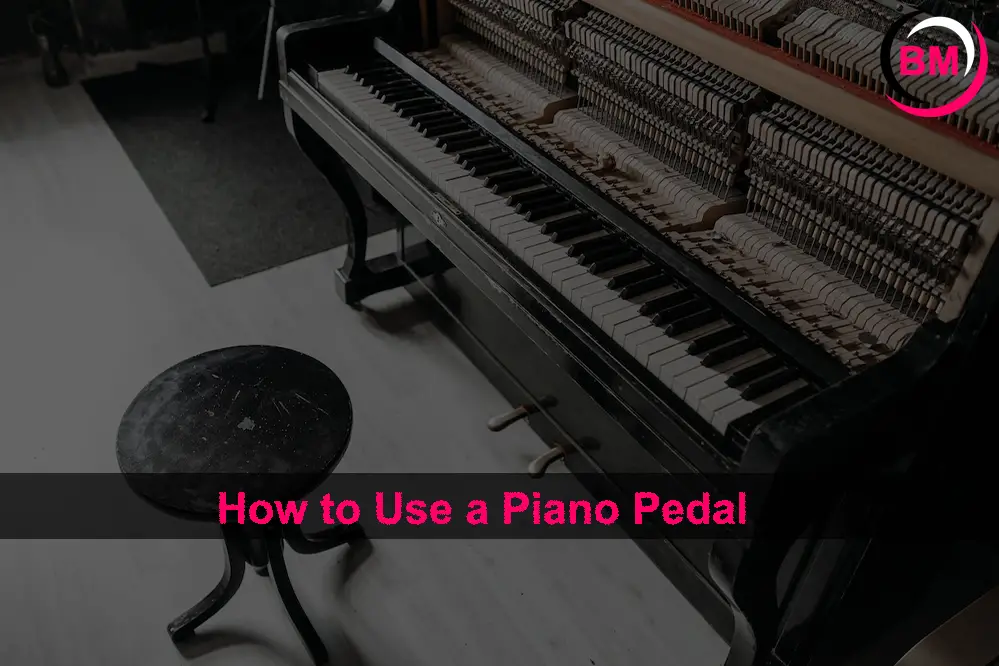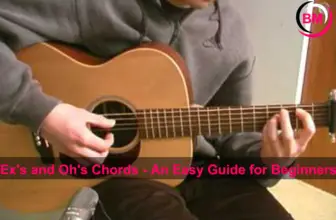
Do you want to know How to Use a Piano Pedal?
Learning to use a piano pedal can make all the difference in your playing! This simple tool can add a layer of nuance, complexity, and expression to your music. Moreover, mastering the pedal will benefit players of any skill level.
In this blog post, we’ll overview how to use a piano pedal and get the most out of it.
How to Use a Piano Pedal
Getting Started with Your Piano Pedal
Your piano pedal is beneath the keyboard, usually on the right side if you look down at it from above. It should be positioned so you can comfortably depress it with your right foot.
The most common type of piano pedal is called a sustain pedal; its purpose is to create a longer sound than what would usually be possible when pressing down keys on the keyboard.
When depressed, the sustain pedal holds down all keys that have been played until it is rereleased (this is why it’s sometimes referred to as a “damper”).
Using Your Sustain Pedal Effectively
The best way to get familiar with your sustain pedal is by practicing with different pieces of music.
Start experimenting with familiar songs and melodies, then move on to more complex pieces as you become more comfortable with depressing and releasing your pedal.
As you practice, take note of how different types of music respond differently when using your sustain pedal – for example, some classical pieces may benefit from having the sustain pedal pressed down throughout most of the song. In contrast, others may require quick changes between pressing and releasing your damper.
Piano pedals are also great for creating interesting sound effects – try playing around with chord progressions or arpeggios while combining your sustain pedal with other techniques, such as vibrato or staccato notes! You may find yourself coming up with some truly unique sounds!
Conclusion: How to Use a Piano Pedal
Learning how to use a piano pedal properly can add a layer of nuance and complexity to your playing style, whether you’re a beginner or an advanced player.
There’s no better way to master this skill than through practice – start by experimenting with familiar songs before moving on to more complex pieces as you become more comfortable manipulating your damper.
With enough time and dedication, mastering a piano pedal will allow you to craft beautiful compositions like never before!
Related Post:
- Learn the Best Fearless Taylor Swift Chords
- Discovering the Soulful Sounds of the Iris Chords
- How to Play Run to You Chords (Easy Guide)
- How to Play Im.Yours Chords on the Guitar
- How to Play Shawn Mendes Stitches Chords

Frank is the Senior Content writer at BandMag. With 12+ years experience in content writing and SEO, he loves talking about content creation, SEO and Football.







